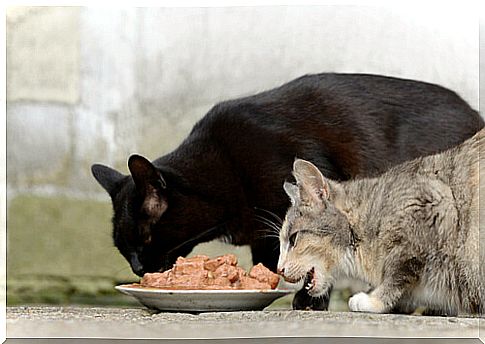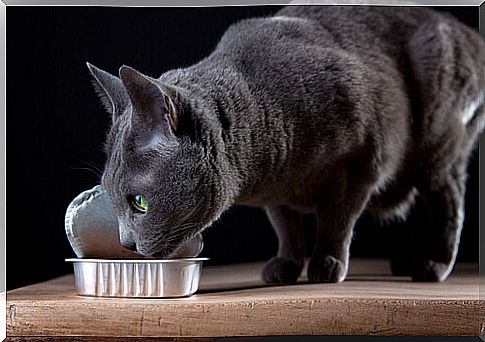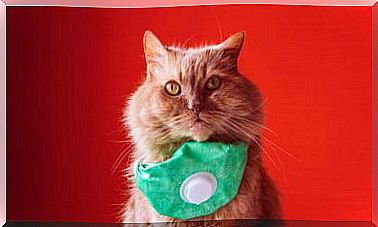Promote Your Pet’s Health Using Nutrients As Therapeutic Support

Caring for a pet is relatively straightforward. They just need adequate nutrition, affection, patience, education and time. Simple, right? On the health of animals there are many assumptions that suggest that you can take care of one without demanding anything in return, however this is not true. For the sample, we bring you a way to promote the health of your pet using nutrients as therapeutic support.
Before starting, we suggest you never change an animal’s diet without first consulting your veterinarian. Remember that each species has different nutritional needs, as well as the clinical history of your pet will be essential when selecting the class and the amount of nutrients that you are going to supply.
It is not recommended, for example, to give an animal vitamins to consume without it needing them. As a consequence, you can saturate your body and cause problems, for example hypercalcification or gastrointestinal diseases due to an excess of vitamin C.
What are nutrients
Talking about nutrients has practically become a discursive fad. However, very few people know for sure what they mean when they talk about them.
Nutrients are an external product that cells use to perform different functions within their life cycle, whether it be biosynthesis or degrading it to transform it into energy. Organisms get their nutrients from food, and each cell is supplied with different types of nutrients. Some of these products are amino acids, calories, fatty acids, vitamins or trace elements, among many others.
Nutrients provide energy and allow the proper development and regeneration of cells, which is why they are essential for an organism to stay alive. Hence the insistence on having a balanced and rich diet.
Nutrients as therapeutic support

Nutrients work directly on cells and are very helpful when treating diseases. This is because drugs often act on the symptoms of the disease, while nutrients strengthen cells and help correct the causes of the disease.
However, this is something that must be done conscientiously, as you must have the appropriate type of nutrient for each disease. However, the idea is not that they repel evil: the nutrients do not cure diseases, but rather they strengthen the body enough to allow the pet to heal.
To start the reinforcement of a medical treatment based on nutrients, the condition of the animal must be taken into account, what type of food it can consume and what are the contributions that these make in general. The latter is very important because, although a food may provide large amounts of a nutrient that it needs, on the other hand it may have others that are harmful to the animal, either due to its species or its condition.
In this class of treatments, what is usually done is to initially give high doses of the nutrient to improve absorption in the tissues. Normally these excesses, when they are not done continuously, are easily metabolized and expelled. Once you have passed this stage, you must regulate consumption so as not to cause damage or saturation in the animal’s body. At the end of the treatment you should give it the nutrient just to maintain its regular levels.
These types of measures are widely used in animals with joint, bone or muscle problems, as they are difficult tissues to treat, but which can have very fast recoveries (or at least, reduce damage) with a due process of cell regeneration.
Support between different sources

Many nutrients work better when they are accompanied by other elements. For example, vitamin C can enhance its effects when supplied with lipoic acid or zinc, which are very common in vegetables.
However, you must bear in mind that these types of treatments have long-term effects and, although they do not cure the symptoms of a disease immediately, they do contribute to cell regeneration, which will strengthen the body and make it stronger against any external agent.









